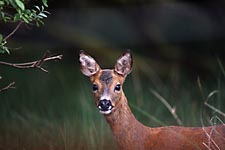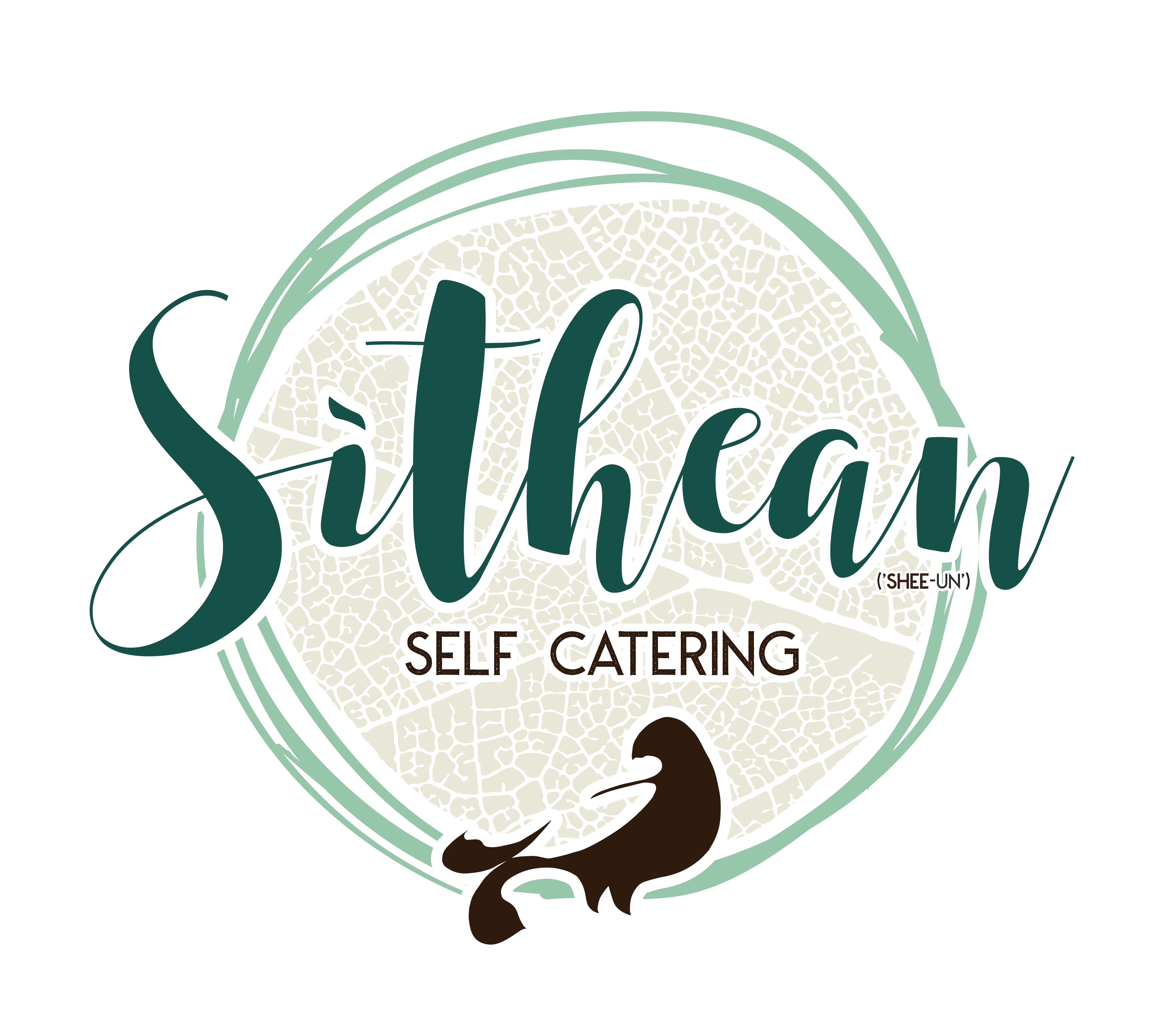Environment
Sithean is situated on a working hill sheep and cattle farm.

The farmland covers many habitats, including heather-covered hills, rough and wet grasslands and ancient woodlands. We have Scottish Blackface hill sheep and Luing suckler cows which we manage as extensively as possible. The Luing cattle are a hardy native breed which were bred from the Highland and Shorthorn breeds. They do well on the rough grazing and play a vital role in maintaining the environment by grazing down rough grasses in the winter, allowing a wealth of wild flowers (including many species of orchid) to flourish in the summer providing a food source for butterflies. The cattle also help in the natural regeneration process of the ancient woodlands.

In 2002 we entered the Rural Stewardship Scheme which is a government scheme aiming to promote the local biodiversity action plan, and we have managed the farm under similar schemes that promote ecological farming ever since. We carefully manage areas of ‘open-grazed grassland for birds’, ‘wet grassland for waders’ and ‘species-rich grassland’ – these areas promote the skylark, dunlin, song thrush, linnet, curlew, snipe, barn owl, oyster catchers, sandpiper, golden plover, reed bunting, redshank, curlew, swallow, hen harrier, buzzards, kestrels and the brown hare. Most of these species are seen around the farm. Golden eagles and white-tailed eagles nest nearby and are often seen overhead as they explore their territories. ‘Water margins’ are managed as part of the RSS to protect the banks of the burns from livestock and grazing, helping maintain populations of otter, vole, pipistrelle bat, sparrow hawk and common frog. In 2011 we fenced off large areas of hill to enhance ground for the black grouse population, it is always such a thrill to see these gorgeous birds and if you are here in April/May you can sometimes hear the blackcock lekking at dawn. You may also see red or roe deer, red squirrels, cuckoos, ospreys, woodpeckers, newts and lizards.

To the North East of the farm is an SSSI (Site of Special Scientific Interest) – the Glen Nant SSSI – ancient oak woodlands which were coppiced to make canon balls for the Napoleonic war. Charcoal circles are still visible in the wooded areas of the farm. The Nant forest has wild cats, black grouse, badgers, rare lichens and fungi, and the wood ant, which can make amazing ant hills up to a metre high. We have excluded livestock from this area to allow for natural regeneration of the birch, alder, oak, rowan and ash trees.
We try to minimise the environmental impact of the farming activities just as we do with the self catering business, and our own lives. We use the grazing to enhance the natural habitats and wildlife, and we farm extensively to protect the ground.

There is always something wonderful happening nearby: the breathtaking sight of the pale, ghostlike male hen harrier; the unforgettable drumming and beating of the snipe seeking a mate; owls calling from all around at night; stag rutting calls in October; woodpeckers drilling in the woods next to the house; blackcock lekking in April; cuckoos calling in May, and so much more.
In the house there are several wildlife guides and books, and OS maps of the area. We are happy to lend our visitors a set of binoculars, please ask.
Further Information:
Luing Cattle Society
Reforesting Scotland
Scottish Natural Heritage
